Apart from being bad for your health, cold weather can also potentially damage your home. Some winters can have mild sunny days, while others come with a great deal of snow, wind, rain, and ice. Strong winds topple over trees and branches, which can damage your roof and other parts of your home. This may lead to element exposure, increasing your home’s vulnerability to mold from rain.
In addition, when the wind blows leaves and other debris into your gutter, it clogs the downspouts, which may lead to water leaks, basement flooding, and cracking foundations. When heavy snow melts, it can damage your roof and landscaping. If you have a sump pump, extremely cold weather conditions may lead to the pipe’s blockage, leading to possible leaks, mold, and mildew. Cold weather can also be dangerous for pets. In this article, we’ll outline nine ways to get your home winter-ready.
Clean, repair or install gutters
Gutters drain rainwater off your roof, preventing water overflow that may cause wood rot, ground, and landscaping erosion. Before the winter season begins, clean your gutters or call professionals to assist you. If your gutters are damaged, have them repaired or install new ones. Consider contacting City Seamless Gutters or any other gutter experts within your reach for all your gutter needs. Even the rain gutters Las Vegas buildings have are kept clean, it’s that important!
Ensure your home heating and cooling system functionality
To avoid being beaten by the cold weather that winter brings, ensure that your HVAC system is fully functional. Have a certified HVAC professional inspect the system to ascertain the functioning of the furnace, heat exchanger, evaporator coils, thermostat, vents, ductwork, and others. Getting your HVAC system inspected in advance ensures sufficient heat throughout the winter season and saves you from high utility bills.
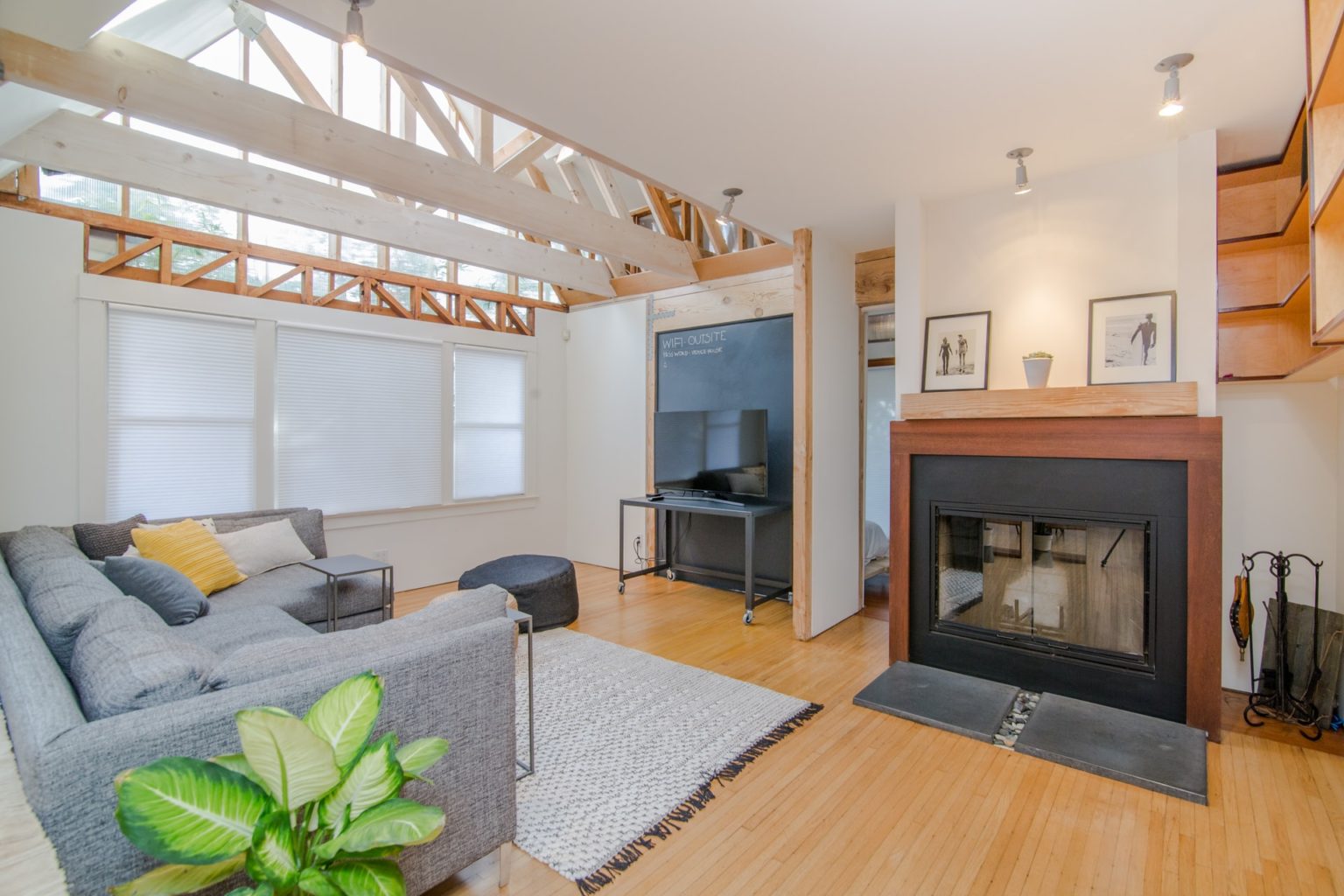
Protect the exterior wood
The wood trim around the exterior of your home needs to be protected from elements as it may rot if not well taken care of. Painting, caulking, and sealing of the exterior wood help protect the wood from element damage. If your caulk is cracked or the paint is flaking away, scrap off and redo the caulk or the paint.
Protect your pipes
Exposed pipes running along the walls or in unheated areas like the basement are potentially hazardous. This is because when temperatures drop, the pipes can freeze and burst to cause leaks that may lead to severe and expensive damage. Install pipe insulation, seal cracks and openings, apply electrical heating tape to pipes, and seal crawl spaces to prevent pipe freezing.
Additionally, open cabinets regularly to let warm air circulate, keep the garage door closed, let faucets drip, set the heat to least 55 degrees when no one is home, open interior doors to keep your home at a consistent temperature and keep the thermostat consistent by setting the similar temperature for day and night.
Test or install smoke and carbon monoxide detectors
Carbon monoxide and fire outbreaks are a safety hazard, especially during winter when the furnaces and home fires are in constant use. Since homes are most likely closed uptight most of the time, carbon monoxide may pose a more significant hazard. Test the smoke detectors to ensure they’re functional and in good condition. Change the batteries and replace the gadgets if not in good working condition. Since the furnace and water heater are the most likely sources of carbon monoxide, an HVAC inspection and subsequent maintenance or repair will reduce the risk.
Consider getting a backup generator
Most electric power outages usually arise from natural causes like high winds, freezing rain, ice, and snow, most prevalent during the winter season. Getting a backup generator ensures that you don’t spend long days and nights in the dark. It also ensures that the HVAC system remains operational, serving you and your loved ones the most needed heat.

Pay attention to your masonry
If you have concrete driveways, walkways, and patios, protect them from the winter weather. Concrete work develops cracks over time, so consider filling them in before applying the sealer to ensure water doesn’t get in to cause freezing. This also helps your concrete work last longer.
Consider roof insulation
Insulation adds a layer of protection to your roof, preventing damage from elements. Before insulating your roof, inspect it for missing, loose, or damaged shingles and have a professional roofer replace, repair, or install them.
Additionally, temperatures significantly reduce during winter, and with an uninsulated roof, heat gradually escapes, making the house colder. Roof insulation ensures heat retention, keeping your home warm. It’s also energy efficient as you don’t have to depend on heaters and HVAC all through, leading to reduced utility bills.
Clean your chimney
Before using the fireplace, ensure the chimney and vents are clean and in good shape. This helps prevent chimney fires and carbon monoxide from getting into your home.
Endnote
Besides causing discomfort, the winter weather can damage your home. Use these tips to protect your home from the long-term effects of winter.
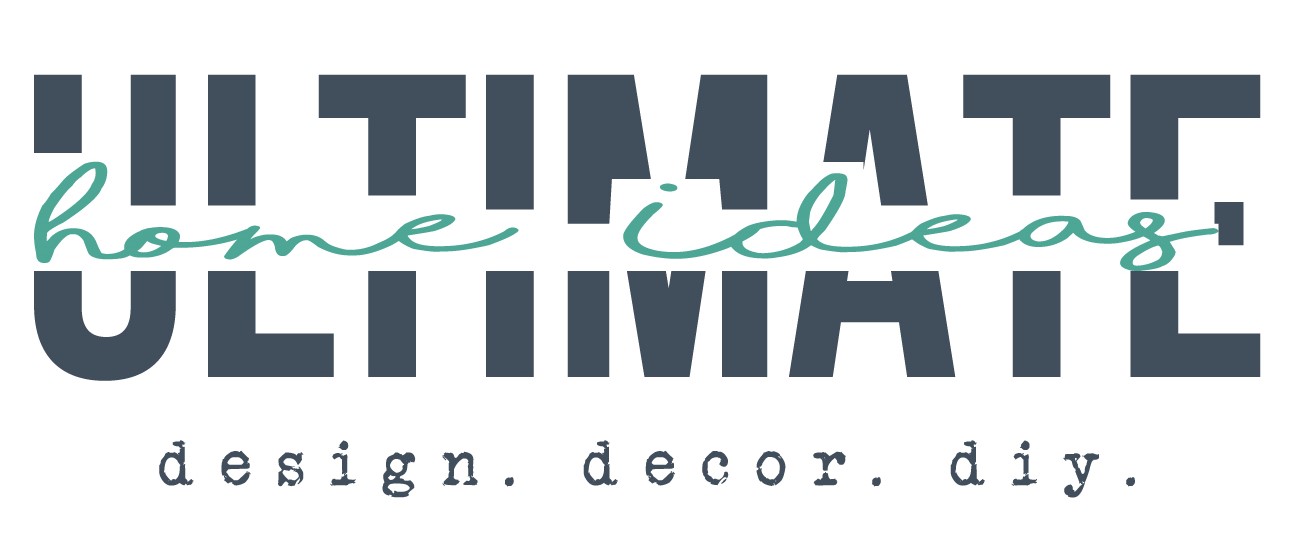




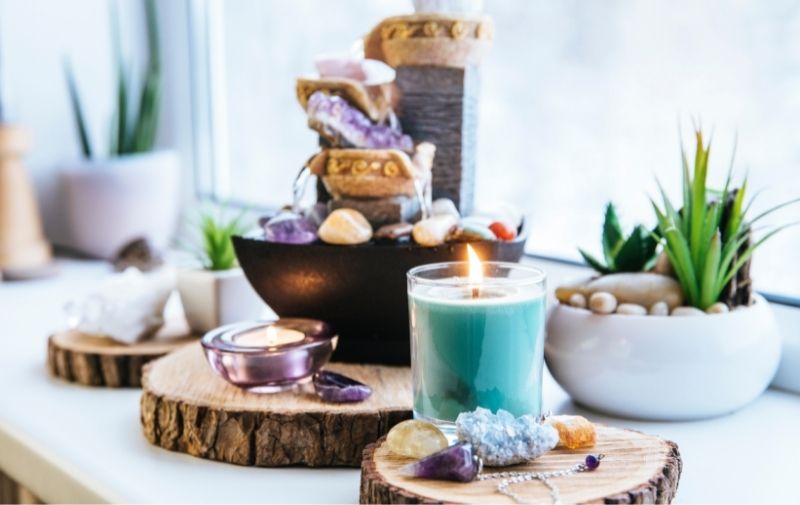



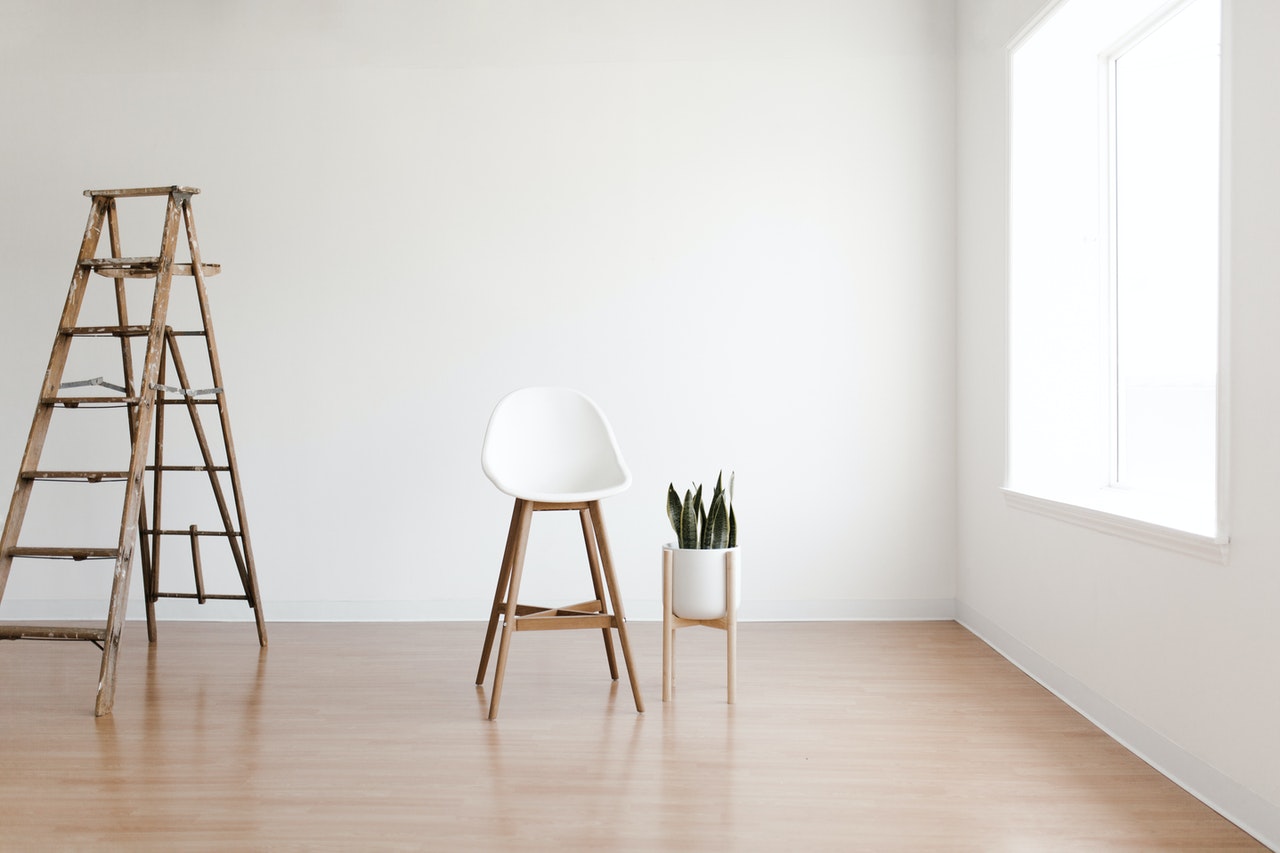

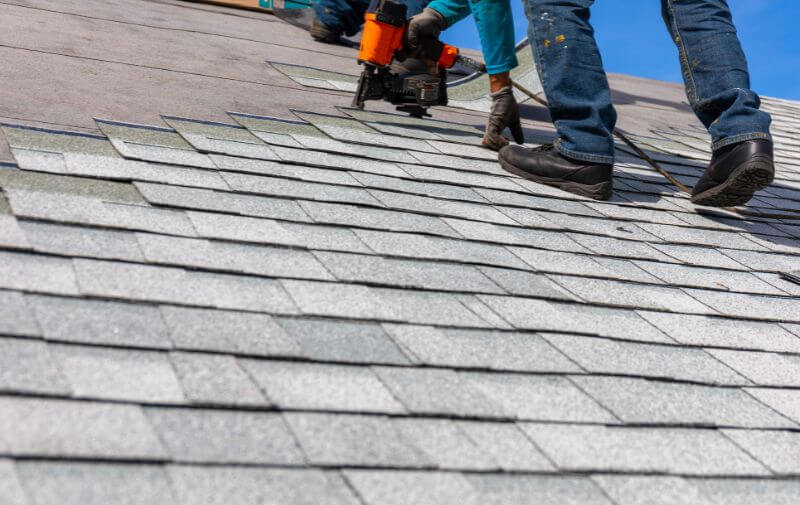
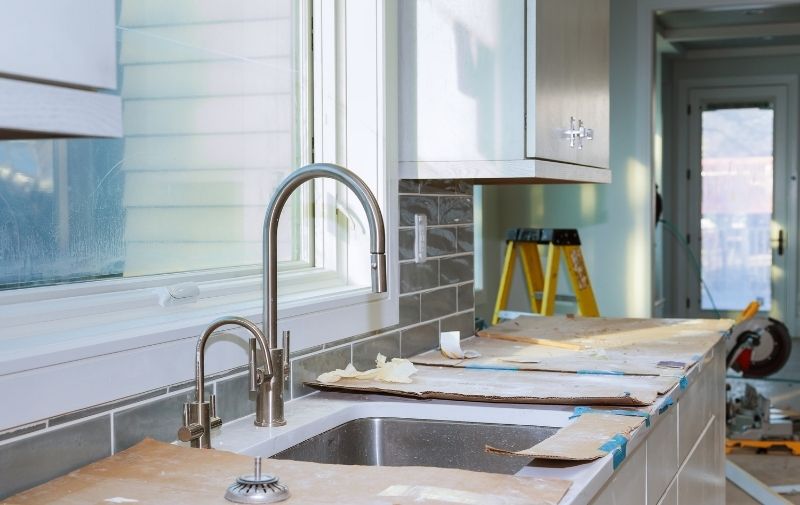

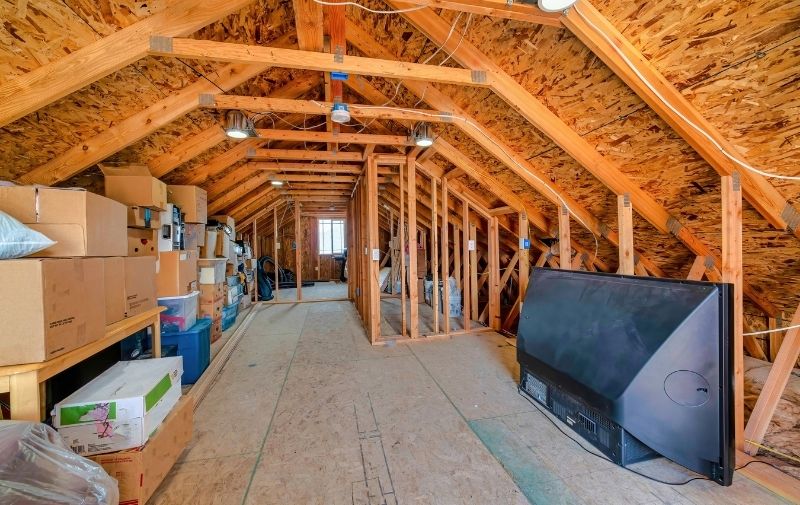
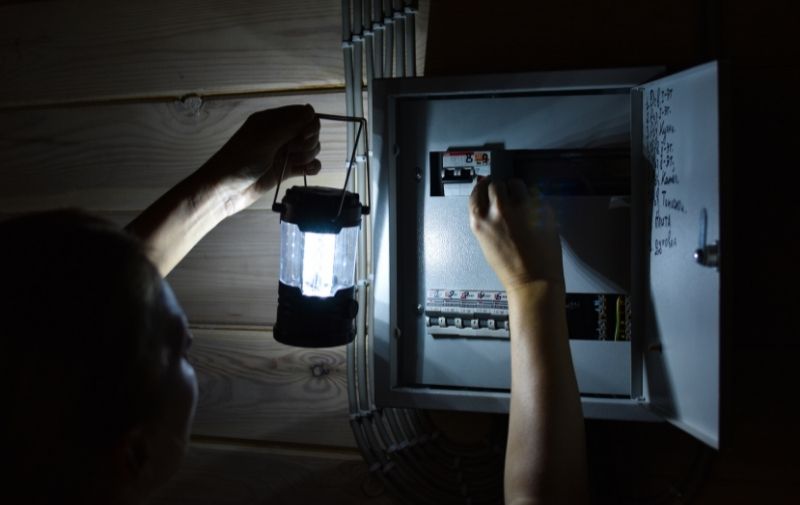
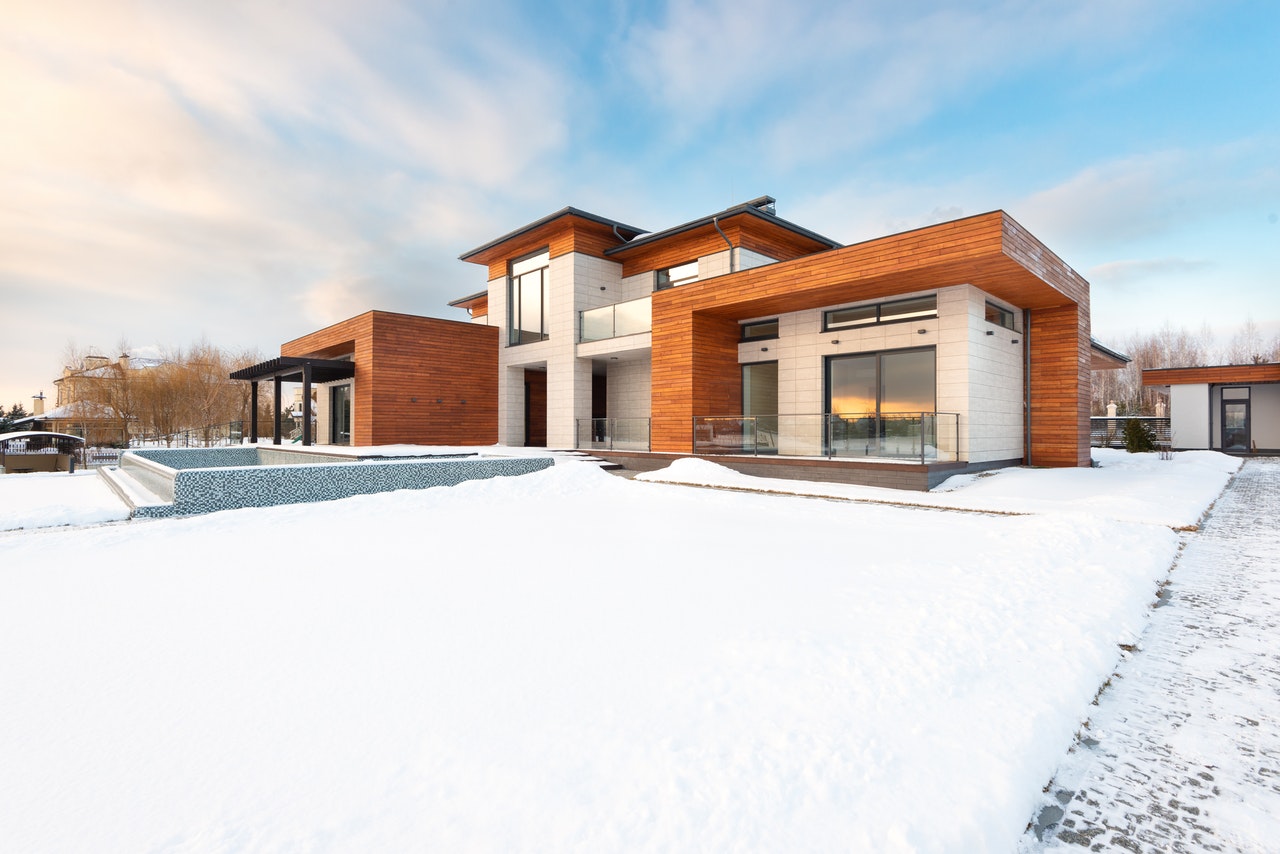
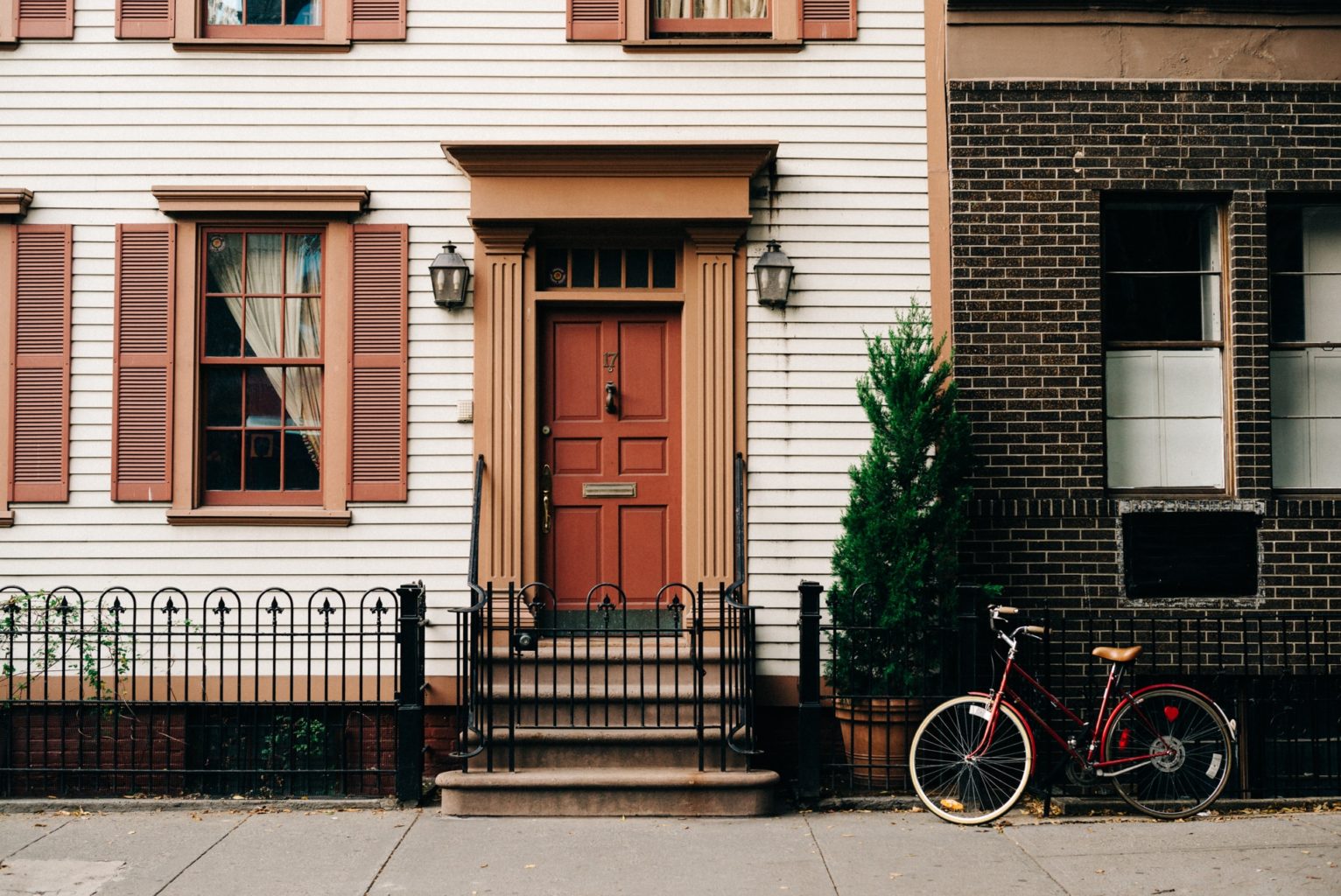

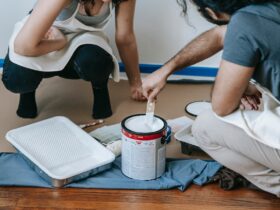

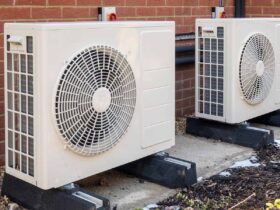
Leave a Reply